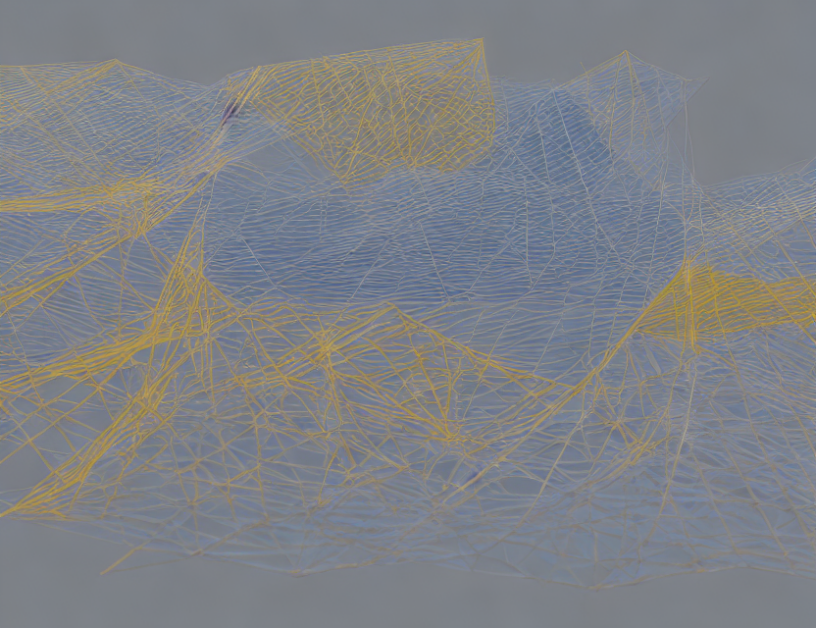In this article, we delve into the fascinating world of reversible computation, where the traditional notion of cause-and-effect is turned upside down. Reversibility allows us to explore new possibilities in computing, where actions can be undone and revised just like we undo and edit a sentence in a text editor.
To understand reversibility, let’s think of a kitchen where chefs prepare dishes with utensils. The chefs are like events in a computer system, and the utensils represent the states of the system. In a classical kitchen, when a chef prepares a dish, it can’t be undone; just like how a computer system performs an action, and it can’t be reversed. But in a reversible kitchen, chefs can undo their actions by removing the utensils they used. Similarly, in a reversible computer system, events can be undone by "removing" the tokens that represent them.
Reversibility is made possible by the use of occurrence nets, which are like maps that track the states of a system over time. Occurrence nets have inhibitor arcs that prevent certain actions from happening when others haven’t been taken. For instance, if we want to undo an action, the inhibitor arc will block the action from occurring until the necessary prerequisites are met.
We can also specify which events can be undone only after specific other events have occurred. This is like stipulating that a particular dish can’t be made unless certain ingredients are available. In a computer system, this means that an action can’t be undone until the necessary conditions are met.
Reversibility has many practical applications, such as debugging and error correction. Imagine you’re trying to fix a broken kitchen appliance; with reversibility, you can "undo" each step of the problem to find the root cause. In computing, reversibility can help us identify and correct errors more efficiently.
In summary, reversible computation is a powerful concept that allows us to explore new possibilities in computing. By embracing reversibility, we can create systems that are more flexible, efficient, and resilient. So the next time you’re cooking up a storm in the kitchen, remember that there’s a whole world of computational magic waiting to be discovered!
Computation and Language, Computer Science
Unfolding Non-Sequential Semantics in Occurrence Nets



